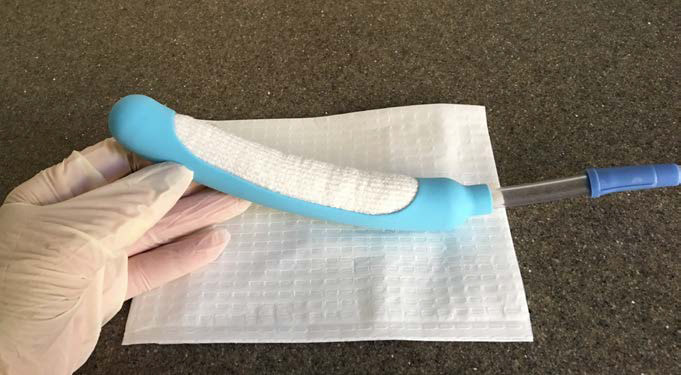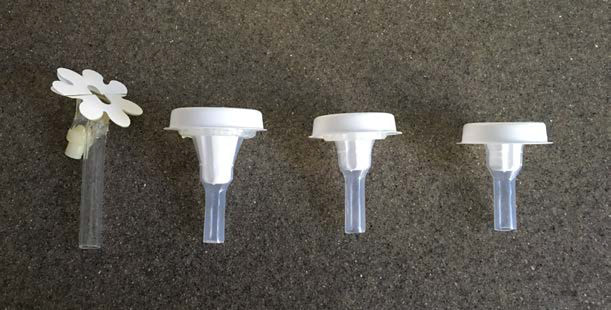Most facilities underuse external urinary catheters.
A national survey of hospitals found that external catheters were almost always or always used in only 14% of hospitals (however, there was a statistically higher use in VA hospitals [Saint, Kowalski, Kaufman, et al 2006]). This low level of use persists despite evidence that these catheters lower the risk of infectious and other complications associated with urinary catheterization, and are more acceptable to patients (Saint, Kaufman, Rogers, et al 2008).
When using external catheters, it is important to choose an appropriate size to improve fit and adherence despite patients’ movement.
References
A national survey of hospitals found that external catheters were almost always or always used in only 14% of hospitals (however, there was a statistically higher use in VA hospitals [Saint, Kowalski, Kaufman, et al 2006]). This low level of use persists despite evidence that these catheters lower the risk of infectious and other complications associated with urinary catheterization, and are more acceptable to patients (Saint, Kaufman, Rogers, et al 2008).
When using external catheters, it is important to choose an appropriate size to improve fit and adherence despite patients’ movement.
References
- Rose G, Pyle-Eilola AL. The Effect of Urine Collection with a Novel External Catheter Device on Common Urine Chemistry and Urinalysis Results. J Appl Lab Med. 2021 Jun 18:jfab054. doi:10.1093/jalm/jfab054
- Saint S, Kowalski CP, Kaufman SR, et al. Preventing hospital-acquired urinary tract infection in the United States: a national study. Clin Infect Dis. 2008;46:243-50. doi:10.1086/524662
- Saint S, Kaufman SR, Rogers MA, Baker PD, Ossenkop K, Lipsky BA. Condom versus indwelling urinary catheters: a randomized trial. J Am Geriatr Soc. 2006;54:1055-61. doi:10.1111/j.1532-5415.2006.00785.x





